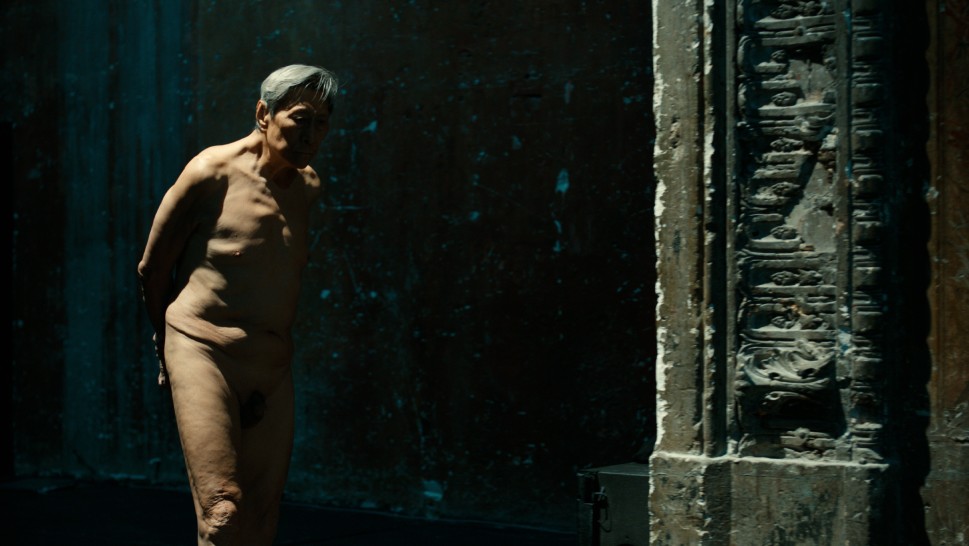


People and their Virtue. Two Films by Wang Bing
Over two decades removed from his landmark debut, West of the Tracks (2002), Chinese director Wang Bing (b. 1967) arrives in 2023 at a watershed moment in his career. Now based in Paris, the fifty-five-year-old filmmaker has spent much of the past twenty years chronicling a variety of culturally specific subjects: the lives and working conditions of rural laborers (Crude Oil, 2008; Bitter Money, 2016); the plight of displaced or dispossessed minority communities (Ta’ang, 2016; ’Til Madness Do Us Part, 2013); and the atrocities experienced by survivors of the country’s Communist regime (Fengming, a Chinese Memoir, 2007; Dead Souls, 2018). So while Wang’s new works Youth (Spring) and Man in Black deal with themes familiar to the director’s past films, they also represent the end of one era and the beginning of another. Wang claims that Youth is the last film he will shoot in his home country.
Made in China and France, respectively, Youth (Spring) and Man in Black are stylistically divergent works that bear the marks of their making and milieux in distinct ways. In Youth (Spring), Wang, working in his trademark observational style, depicts the lives of a group of migrant garment workers over a six-year period. The first installment in a trilogy, the film immerses the viewer in the daily grind of factory life and the workplace dramas that flare up amongst these mostly twenty-somethings as a matter of course. Man in Black, meanwhile, finds Wang working with a French crew for the first time and adopting a surprisingly stylized aesthetic attributable at least in part to his new collaborators. Filmed in a single day and initially made for the gallery, the piece stages a kind of biographical portrait of a modern classical composer and political dissident who endured years of physical and psychological torture during the Cultural Revolution. With newfound formal freedom, Wang parlays his subject’s troubling experiences into a thrilling encounter with the personal and political power of art.
For all their differences, Youth (Spring) and Man in Black act as an apt bridge between two periods in Wang’s filmography. Just as the Youth project is shaping up to be a summative work, so does Man in Black represent something new—at least conceptually. As the director said in a recent interview, there are certain things he must achieve when making a film, among them to “faithfully record what I see outside myself: people and their virtue.” Indeed, no matter where Wang’s filmmaking takes him in the future, this sense of care and commitment will no doubt endure. – Jordan Cronk





